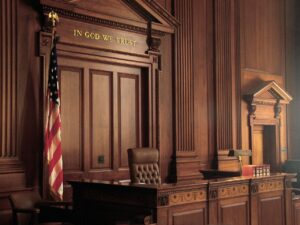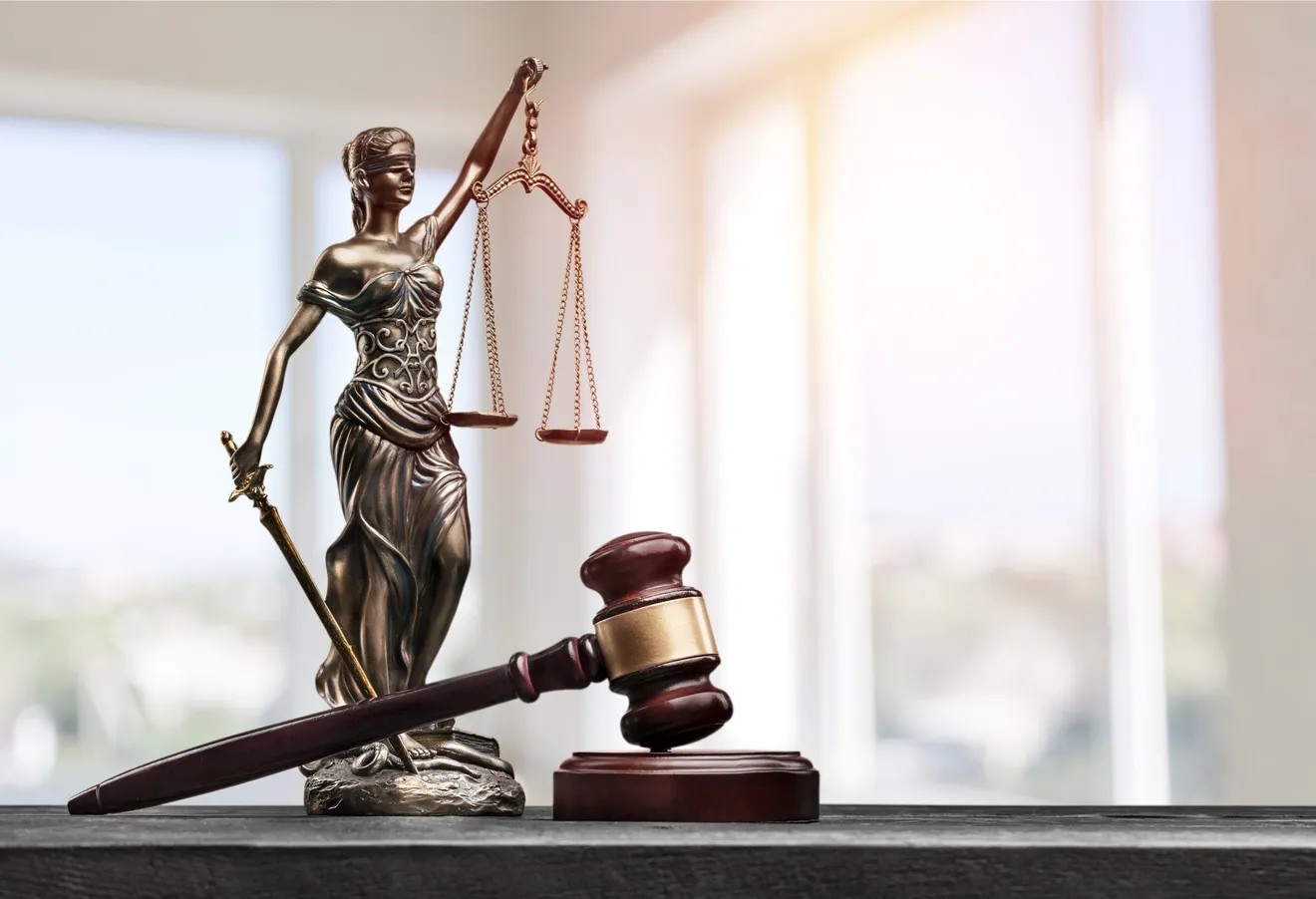Rule 34 Supreme Court
In the vast realm of legal doctrines, there exists a maxim known as “Rule 34.” While its origins date back several decades, its implications and applications have extended into the digital age, raising critical questions about freedom of expression, online content creation, and the delicate balance between regulation and innovation. This article endeavours to delve into the depths of Rule 34, its historical evolution, its interpretations by the Supreme Court, and the multifaceted challenges and opportunities it presents.
The Origins of Rule 34: A Brief Historical Overview
Rule 34 finds its roots in common law traditions, originating from English legal principles that sought to maintain order and uphold societal norms. The maxim embodies the idea that “if it exists, there is porn of it.” While initially a tongue-in-cheek statement within internet culture, it has found its way into legal discourse and courtrooms, generating thought-provoking discussions on the boundaries of artistic expression and individual rights.
Also Read: How Much Does a Divorce Lawyer Cost
Rule 34 Explained: Navigating the Legal Landscape
At its core, Rule 34 serves as a reminder of the expansive nature of human creativity and the diverse forms of expression that emerge from it. From a legal standpoint, it raises intriguing questions about censorship, the First Amendment, and the role of the judiciary in regulating explicit content. Courts have grappled with the challenge of distinguishing between constitutionally protected speech and content that may be deemed obscene or harmful.
Supreme Court Cases and Precedents: Analyzing Key Rulings
Over the years, the Supreme Court of the United States has encountered cases that intersect with the principles embodied in Rule 34. Landmark decisions such as Miller v. California and Ashcroft v. Free Speech Coalition have contributed to the jurisprudential foundation for evaluating the legality and permissibility of explicit material. These cases have underscored the importance of context, intent, and community standards in assessing the nature of content.

Rule 34 and Freedom of Expression: A Delicate Balancing Act
The tension between Rule 34 and the First Amendment’s protection of free speech underscores a fundamental conflict in modern society. On one hand, artistic expression is championed as a cornerstone of democracy, enabling individuals to convey ideas and emotions. On the other hand, concerns about the potential for harm, exploitation, and the desensitization of audiences prompt a critical examination of the limits of unfettered expression.
Rule 34 in the Digital Age: Challenges and Opportunities
As the internet revolutionizes the dissemination of information and creative works, Rule 34 has found a new arena in which to manifest. Online platforms have become breeding grounds for user-generated content, some of which may test the boundaries of acceptability. The challenge lies in harnessing the potential for positive innovation while safeguarding against the proliferation of harmful or non-consensual material.
Implications for Online Platforms and Content Creators
The impact of Rule 34 extends beyond legal circles, influencing the policies and practices of online platforms and content creators. Social media giants, video-sharing websites, and other digital spaces grapple with the responsibility of moderating explicit content while respecting user autonomy. Striking the right balance between fostering creative expression and preventing harm remains an ongoing challenge.
Protecting Minors and Vulnerable Audiences
Central to the debate surrounding Rule 34 is the protection of minors and vulnerable individuals. As explicit content becomes increasingly accessible, concerns arise about its potential effects on young audiences. The legal system faces the task of adapting to technological advancements, perhaps through age verification mechanisms or content classification frameworks.
Also Discover: A Court of Mist And Fury Summary
The Intersection of Technology and Legal Frameworks
The future of Rule 34 is intertwined with the trajectory of technology and evolving societal norms. As artificial intelligence and virtual reality continue to advance, the line between reality and simulation blurs. This presents novel challenges for legal interpretation, forcing courts to grapple with questions about consent, agency, and the implications of immersive experiences.

Conclusion:
In conclusion, Rule 34 stands as a testament to the intricate relationship between freedom of expression, technology, and legal frameworks. Its journey from internet meme to legal maxim underscores the adaptability of legal systems in the face of evolving societal norms. As society continues to navigate the uncharted waters of the digital age, Rule 34 will undoubtedly remain a topic of discourse, prompting us to ponder the delicate balance between creativity and responsibility.
FAQs
Is Rule 34 an actual legal doctrine?
Yes, while it originated as an internet meme, Rule 34 has been referenced in legal discussions, particularly regarding explicit content and free speech.
Does Rule 34 apply to all forms of creative expression?
Rule 34’s principle applies broadly to the concept of creative expression, emphasizing the expansive nature of human imagination.
How do courts determine what constitutes obscene material?
Courts often consider local community standards and the potential for artistic, scientific, or literary value when evaluating the obscenity of material.
Can Rule 34 be reconciled with the protection of minors online?
Balancing Rule 34 with the protection of minors requires innovative approaches, such as age verification mechanisms and content filters.
What role does technology play in shaping the future of Rule 34?
Technology will likely play a pivotal role as advancements like AI and virtual reality challenge existing legal frameworks and definitions.
